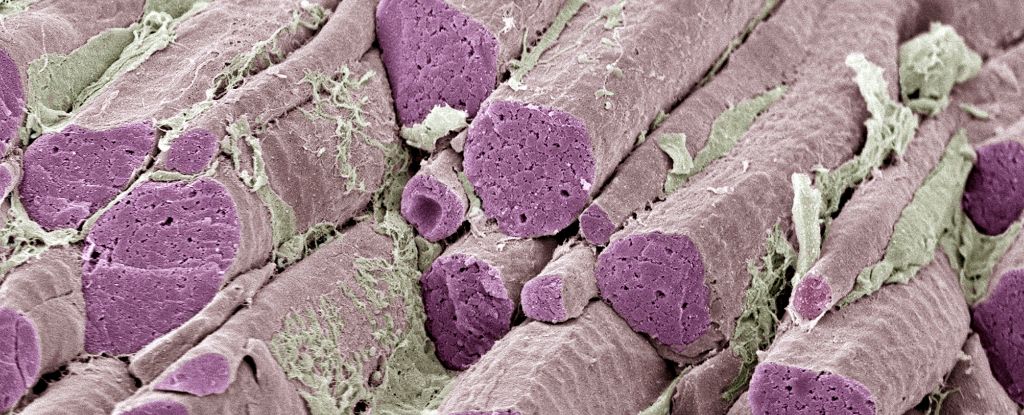
A groundbreaking oral medication could soon provide a formidable alternative to popular injectable treatments like Ozempic for managing type 2 diabetes and obesity. According to a recent study, this new compound, although not yet tested in humans for efficacy, has the potential to circumvent some of the adverse side effects associated with current drugs.
This innovative candidate diverges from the well-known GLP-1 receptor agonists by targeting the β2-adrenergic receptor (β2AR). While this approach is not entirely new—drugs like salbutamol (commonly known as Ventolin) have long been used to treat asthma and chronic obstructive pulmonary disease—the application for diabetes and obesity is groundbreaking.
Revolutionizing Diabetes Treatment
The pursuit of harnessing β2AR agonists for therapeutic benefits has been ongoing for over a decade. These compounds can stimulate glucose uptake in skeletal muscles and promote fat burning, mimicking exercise’s effects. However, their use has been limited due to significant cardiovascular risks.
When β2AR drugs activate the body’s G proteins over extended periods, they can trigger a cascade of cardiovascular issues. Molecular biologist Shane Wright from the Karolinska Institute explained to Bioworld,
“That would lead to heart rate increases, systolic blood pressure increases, and, eventually, that over-sustained exposure would lead to increases in heart weight and cardiac hypertrophy.”
Innovative Approaches
A collaborative effort by scientists from the Karolinska Institute, Stockholm University, and biotech firm Atrogi AB has identified β2AR agonist molecules that avoid the detrimental G protein pathway. One promising compound, known as ‘compound 15’, selectively activates pathways that do not lead to harmful side effects, though further clinical trials are necessary to confirm its safety.
Unlike GLP-1 receptor agonists, compound 15 does not suppress appetite or cause muscle loss, potentially making it a safer option. Additionally, its oral administration offers a more convenient alternative to injections.
Clinical Trials and Future Prospects
To date, compound 15 has undergone testing in lab-grown cells, animal models, and phase 1 clinical trials in healthy and type 2 diabetic men. The results have been promising.
“Lead candidates of the chemical series increased glucose tolerance in preclinical models of diabetes and obesity with little or no increase in contractile force, cardiac lesions, and cardiac hypertrophy,” the study authors reported.
The compound also reversed muscle atrophy caused by GLP-1 drugs, and clinical evaluations confirmed its oral bioavailability and safety in both healthy individuals and diabetic patients, highlighting its therapeutic potential.
Beyond Diabetes and Obesity
The implications of this research extend beyond diabetes and obesity. The study’s authors noted,
“A well-tolerated GRK2-biased agonist offers significant therapeutic potential beyond type 2 diabetes and obesity… like muscular dystrophy and sarcopenia.”
Phase 2 clinical trials are currently underway to evaluate whether the benefits observed in animal models—such as enhanced muscle growth, balanced glucose levels, and improved insulin sensitivity—can be replicated in humans.
Looking Ahead
While compound 15 shows promise, it will require extensive testing and development before it becomes a viable alternative to existing GLP-1 drugs. The research, published in the journal Cell, marks a significant step forward in the quest for safer, more effective diabetes treatments.
As the scientific community continues to explore the potential of β2AR agonists, the future of diabetes and obesity treatment looks increasingly promising, offering hope for millions of patients worldwide.






